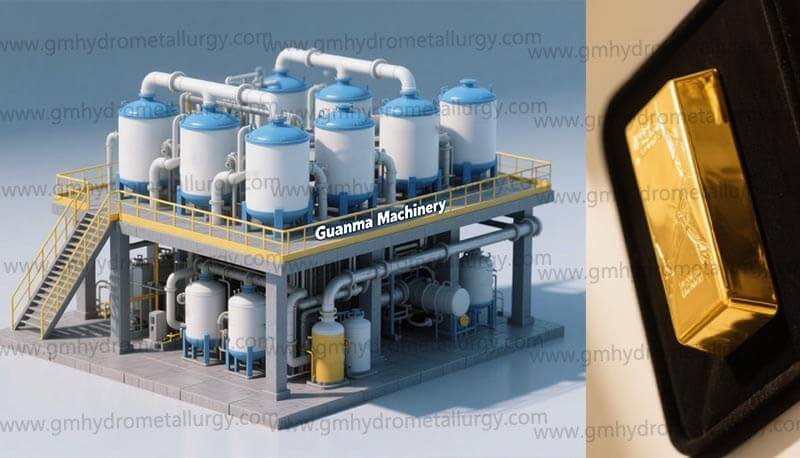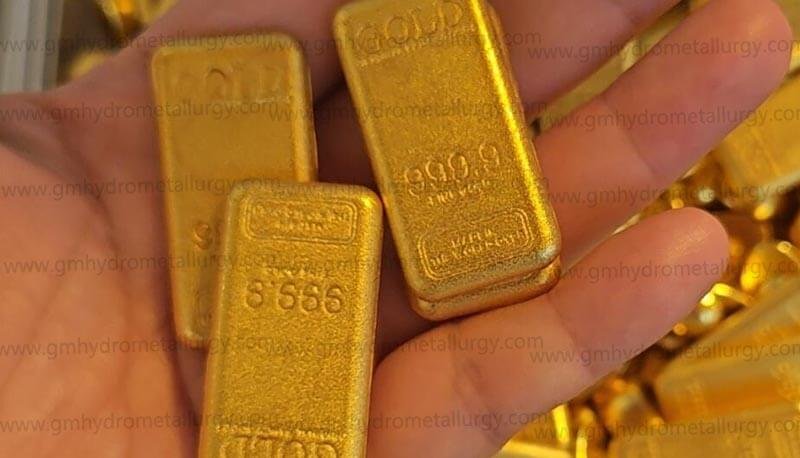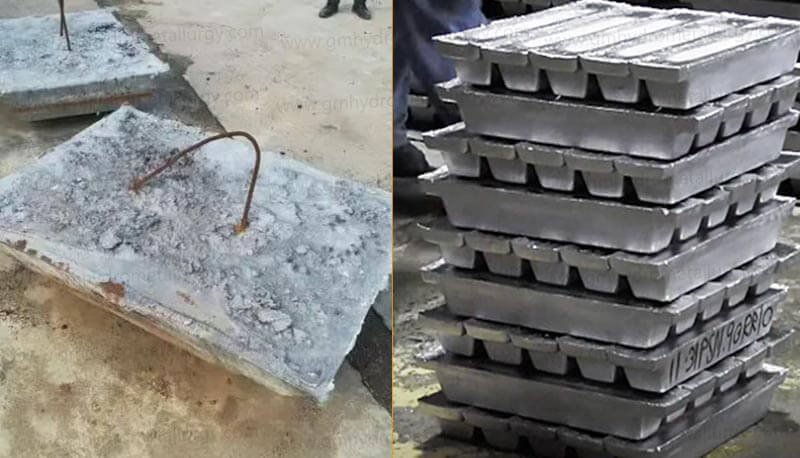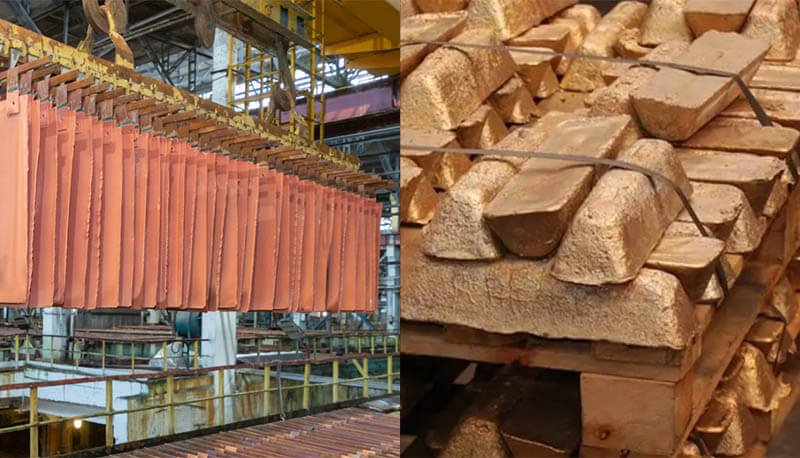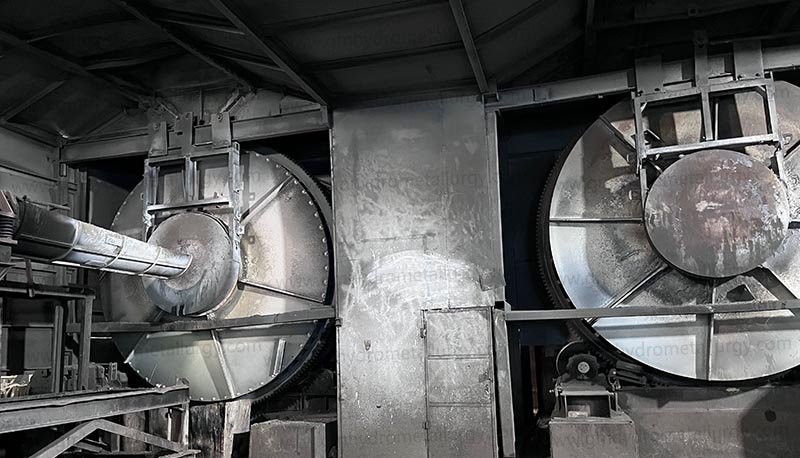Investing in gold refining machinery is a significant decision for manufacturers setting up operations or buyers upgrading existing facilities. Understanding the gold refinery equipment cost is crucial, as prices vary dramatically based on numerous factors.
Why Gold Refinery Equipment Cost Vary So Much
There’s no single “sticker price.” Your final investment depends heavily on:
1. Scale & Capacity
Small Batch/Artisanal: Basic chemical reactors, fume hoods, casting furnaces ($50,000 – $250,000+). Focuses on purity for jewelry or small-scale recovery.
Mid-Scale Refinery: Adds electrolytic systems, larger furnaces, advanced filtration ($500,000 – $2 Million+). Targets higher throughput and 99.9%+ purity.
Large Industrial Plants: Fully automated lines with continuous processing, intensive pollution control (scrubbers, ETP), sophisticated assay labs ($5 Million – $20 Million+). Built for massive volume and 99.99% purity.
2. Technology & Process Chosen
Chemical Refining (Aqua Regia): Lower initial gold refinery equipment cost, but higher chemical consumption, safety demands, and waste treatment expenses. Common for smaller setups.
Electrolytic Refining: Higher upfront machinery cost, but superior purity, efficiency for larger volumes, and often lower long-term operating costs.
Emerging Tech (Solvent Extraction, Ion Exchange): Potential for efficiency, but R&D costs and niche applicability impact pricing.
3. Automation Level
Manual operation reduces initial cost but increases labor and potential error. Semi-automated or fully automated systems (robotic material handling, PLC controls) significantly raise equipment costs but drastically boost throughput, consistency, safety, and reduce long-term labor expenses.
4. Auxiliary & Compliance Systems
Never underestimate these costs
Pollution Control: Scrubbers, Electrostatic Precipitators (ESPs), Effluent Treatment Plants (ETPs) are mandatory and costly.
Safety Systems: Gas detection, ventilation, fire suppression, PPE stations.
Power & Utilities: High-capacity electrical systems, water treatment, gas lines.
Assay Lab Equipment: Precise spectrometers, balances, sample prep tools.
Installation & Commissioning: Engineering fees, site prep, shipping, expert setup.
Beyond Purchase Price: The Total Cost of Ownership
Smart buyers look at lifetime costs:
Operational Costs: Chemicals, consumables (crucibles, anodes), energy, labor, maintenance contracts.
Maintenance & Downtime: Robust, serviceable equipment costs more upfront but saves massively on downtime and repair costs.
Training: Operator and technician training is essential for safety and efficiency.
Compliance & Certification: Ongoing costs for environmental permits, safety audits, and hallmarking certifications (e.g., LBMA, RJC).
Key Buyer Decision Factors Impacting Cost
Supplier Reputation & Quality
Established brands command premiums but offer reliability, technical support, and proven performance. Cutting corners risks safety, output quality, and costly failures.
New vs. Refurbished
Refurbished equipment offers lower initial gold refinery equipment cost, but requires thorough vetting for condition, warranty, and compatibility with modern standards.
Customization vs. Standard Packages
Tailored solutions solve specific problems but increase engineering costs and lead times.
After-Sales Support
Availability of spare parts, responsive technical service, and training programs are crucial and factored into value.
Smart Strategies to Optimize Your Gold Refinery Equipment Investment
1. Define Needs Rigorously
Precisely calculate required throughput, target purity, feedstock types (scrap, doré, concentrate), and future growth plans. Over- or under-buying wastes capital.
2. Prioritize Compliance & Safety
Factor in all environmental and safety equipment costs upfront. Non-compliance leads to shutdowns and fines.
3. Embrace Automation Strategically
Evaluate ROI based on labor costs, volume, and desired consistency. Start with critical bottlenecks.
4. Demand Detailed Quotes
Insist on itemized breakdowns including equipment, auxiliaries, installation, commissioning, and training. Compare TCO, not just headline prices.
5. Due Diligence on Suppliers
Verify certifications, visit facilities if possible, check client references, and scrutinize service agreements.
The ROI Perspective
While the gold refinery equipment cost is substantial, view it as enabling your core revenue stream. High-purity output commands premium prices. Efficiency maximizes throughput and minimizes losses. Reliability ensures continuous operation. Sustainability safeguards your license to operate.
Partner Wisely: Choosing the right refining technology partner is as crucial as the machinery itself. Look for suppliers offering not just equipment, but deep industry knowledge, compliance guidance, and reliable long-term support to protect your investment and ensure profitability.



